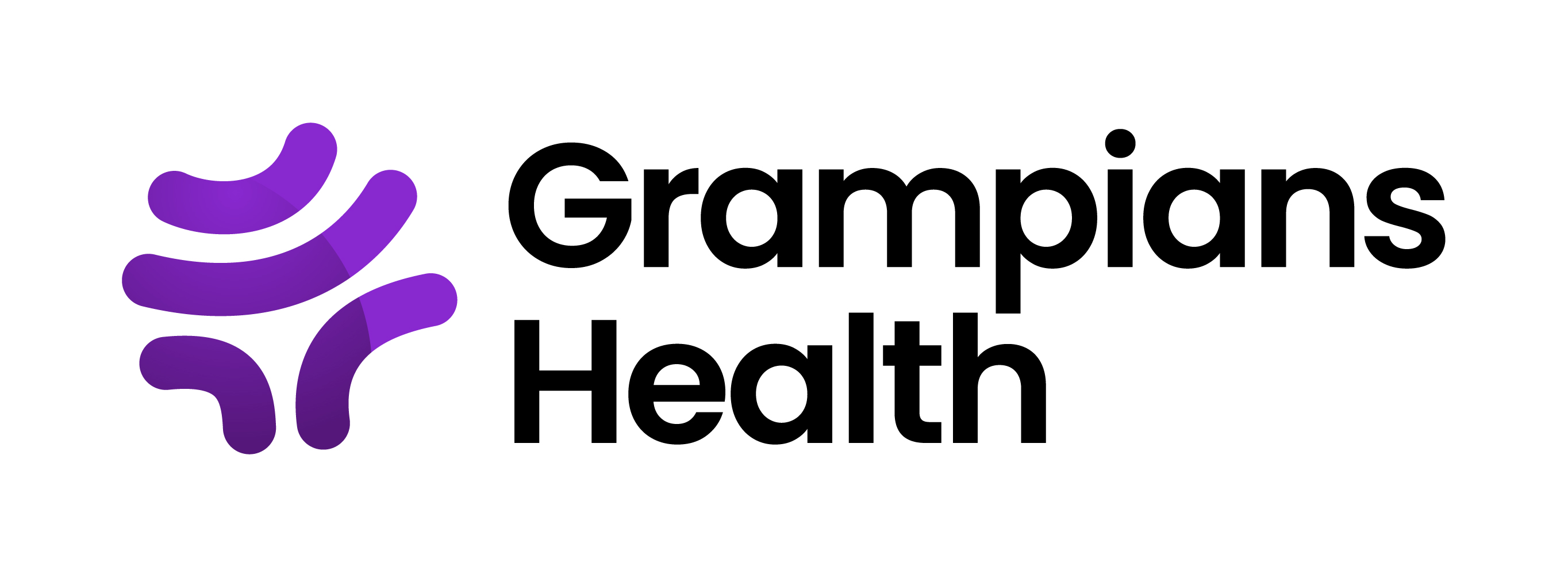Please use this identifier to cite or link to this item:
http://hdl.handle.net/11054/1087Full metadata record
| DC Field | Value | Language |
|---|---|---|
| dc.contributor | Hoyne, Christopher | en_US |
| dc.contributor | Dreosti, Marcus | en_US |
| dc.contributor | Shakeshaft, John | en_US |
| dc.contributor | Baxi, Siddartha | en_US |
| dc.date | 2017-02-27 | - |
| dc.date.accessioned | 2018-01-09T05:40:46Z | - |
| dc.date.available | 2018-01-09T05:40:46Z | - |
| dc.date.issued | 2017 | - |
| dc.identifier.govdoc | 01009 | en_US |
| dc.identifier.issn | 2051-3895 | en_US |
| dc.identifier.uri | http://hdl.handle.net/11054/1087 | - |
| dc.description.abstract | Recent studies have suggested reducing the dose submandibular glands receive when patients undergo head and neck radiotherapy can play a crucial role in preventing xerostomia. However, they are traditionally not spared due to concern that target coverage may be compromised. We investigated the possibility of sparing the contralateral submandibular gland (cSM) by utilising modern planning techniques. 10 head and neck patients previously treated with conformal therapy at our centre were retrospectively planned using intensity modulated radiation therapy (IMRT), and volumetric modulated arc therapy (VMAT). Each patient was prescribed 70 Gy in 35 fractions to the primary volume, with 56 Gy delivered to the elective nodal areas. The primary objective was to spare the cSM gland using appropriate dose constraints. Mean dose to the cSM gland was reduced to an acceptable dose level (39 Gy) for all patients replanned using an IMRT or VMAT technique, without compromising planned target volume (PTV) coverage or other critical structures. VMAT was able to reduce the mean dose to 31.5 ± 5.5 Gy compared to 34.5 ± 4.8 Gy of IMRT and offered improved plan conformity. Sparing the cSM gland is possible using IMRT and VMAT planning, whilst preserving coverage on the elective PTV. This has produced a change in protocol in our department, more focus placed on sparing the SM glands. VMAT is a viable alternative method of delivering treatment and will be utilised when required. | en_US |
| dc.description.provenance | Submitted by Gemma Siemensma (gemmas@bhs.org.au) on 2017-12-07T02:46:26Z No. of bitstreams: 0 | en |
| dc.description.provenance | Approved for entry into archive by Gemma Siemensma (gemmas@bhs.org.au) on 2018-01-09T05:40:46Z (GMT) No. of bitstreams: 0 | en |
| dc.description.provenance | Made available in DSpace on 2018-01-09T05:40:46Z (GMT). No. of bitstreams: 0 Previous issue date: 2017 | en |
| dc.title | Comparison of treatment techniques for reduction in the submandibular gland dose: a retrospective study. | en_US |
| dc.type | Journal Article | en_US |
| dc.type.specified | Article | en_US |
| dc.bibliographicCitation.title | Journal of Medical Radiation Sciences | en_US |
| dc.bibliographicCitation.volume | 64 | en_US |
| dc.bibliographicCitation.issue | 2 | en_US |
| dc.bibliographicCitation.stpage | 125 | en_US |
| dc.bibliographicCitation.endpage | 130 | en_US |
| dc.subject.healththesaurus | AUSTRALIA | en_US |
| dc.subject.healththesaurus | NEW ZEALAND | en_US |
| dc.subject.healththesaurus | PLANNING TECHNIQUES | en_US |
| dc.subject.healththesaurus | RADIOTHERAPY, CONFORMAL | en_US |
| dc.subject.healththesaurus | RADIOTHERAPY, INTENSITY-MODULATED | en_US |
| dc.subject.healththesaurus | RETROSPECTIVE STUDIES | en_US |
| dc.subject.healththesaurus | SUBMANDIBULAR GLAND | en_US |
| dc.identifier.doi | 10.1002/jmrs.203 | en_US |
| Appears in Collections: | Research Output | |
Files in This Item:
There are no files associated with this item.
Items in DSpace are protected by copyright, with all rights reserved, unless otherwise indicated.
